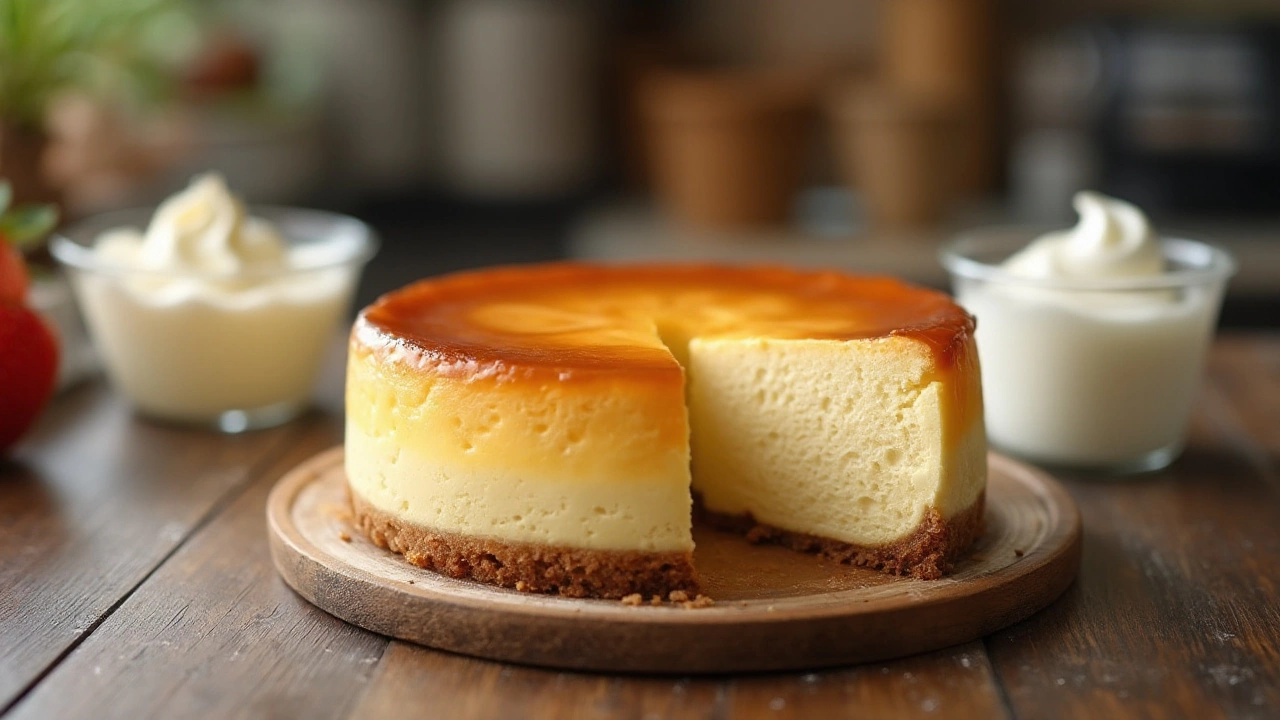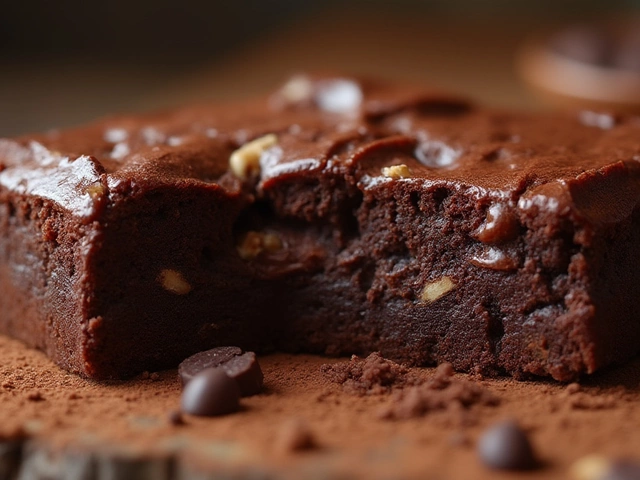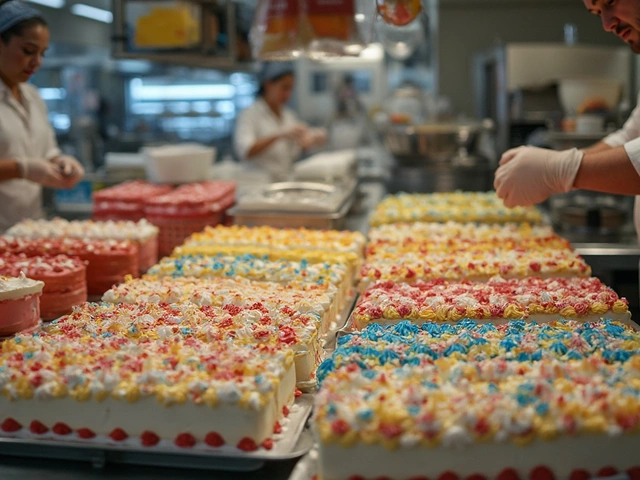Creamy Desserts & Tips – Your Go‑to Guide
If you love that silky melt‑in‑your‑mouth feeling, you’re in the right place. Cream is the secret weapon behind the smoothest fudge, the fluffiest tiramisu, and that luxurious coating on a birthday cake. Below you’ll find practical advice to keep your cream from curdling, tricks to boost flavor, and a quick look at the top cream‑heavy posts on our site.
Getting the Perfect Cream Texture Every Time
First thing – temperature matters. Heat the cream slowly over medium heat; a sudden boil will break the fat structure and give you a grainy mess. For fudge, aim for the soft‑ball stage (around 235‑240°F). Our post “The Real Secret to Perfect, Creamy Fudge—And How You Can Nail It Every Time” walks you through the exact steps, but remember: a candy thermometer is your best friend.
Second, add a pinch of acid (like lemon juice or cream of tartar) when you whisk heavy cream for a whipped topping. The acid stabilizes the foam and prevents weeping. If you’re making a tiramisu, soaking the ladyfingers in espresso and a splash of liqueur works the same way, keeping the mascarpone‑cream layer light and airy.
Third, don’t over‑beat. When you whip cream, stop as soon as you see soft peaks form. Over‑whipping creates butter, and you’ll lose that airy feel. If you need a thicker base for caramel sauce, gently heat the cream with sugar before adding butter – this gives you a glossy, pour‑ready finish without curdling.
Top Cream‑Focused Recipes on Our Blog
Looking for inspiration? Here are the cream‑centric posts that readers love the most:
- Fudge Temperature Guide – nail the soft‑ball stage for smooth, creamy fudge every time.
- What Does ‘Tiramisù’ Really Mean? – see how the mascarpone‑cream layer defines this classic.
- How to Tell If Brownies Are Bad – learn why stale brownies lose that soft‑cream interior.
- Creative Birthday Cake Alternatives – discover dessert bars that use a cream cheese or whipped‑cream base instead of traditional cake.
- Gluten‑Free Cakes Sink – fix the dense texture by adding a bit more cream or using a cream of tartar boost.
Each article includes easy‑to‑follow steps, so you can jump straight to the kitchen without guessing.
One quick tip that shows up in several posts: always let your cream‑based desserts rest. A fudge cooled for 20 minutes continues to set, and tiramisu tastes better after an overnight chill. Patience is part of the recipe.
Finally, store cream‑rich treats right. Wrap fudge tightly in parchment and then foil to keep out air; keep tiramisu in a sealed container in the fridge. Good storage preserves that creamy texture for days.
Ready to get started? Grab a whisk, heat your pan, and try one of the recipes above. With these simple tricks, you’ll turn ordinary cream into a show‑stopping dessert every single time.

Cream vs. Sour Cream: Choosing the Best for Your Cheesecake Recipe
Delving into the delicious world of cheesecakes, this article explores the roles of cream and sour cream in cheesecake recipes. It discusses how each ingredient affects the texture and flavor of the classic dessert. Readers will gain insights into which choice might best suit their personal preferences or dietary needs. The article offers practical tips to ensure the perfect cheesecake every time, with suggestions for tweaking recipes to highlight each ingredient's unique qualities.
View More




